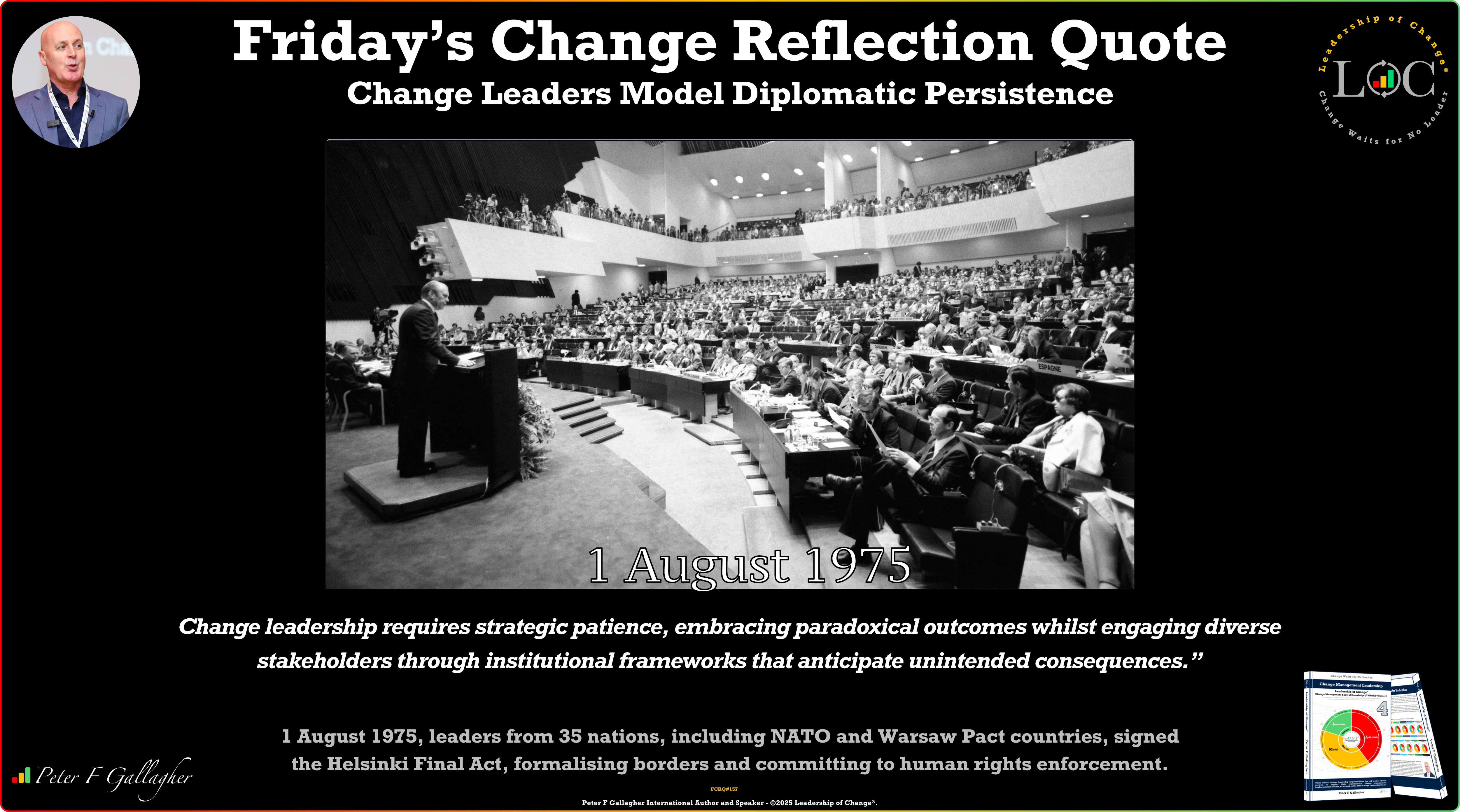In the dynamic business world, understanding the concept of business model themes is crucial for any entrepreneur or manager. This concept becomes more apparent when we explore the theory proposed by Christoph Zott and Raphael Amit, two prominent figures in business strategy. Let's break down their theory into simple terms and see how it can be applied in the real world.
What is a Business Model?
Before diving into business model themes, it's essential to understand what a business model is. A business model is a plan or blueprint that a company follows to operate and make money. It outlines what products or services the company will sell, how it will market them, who its customers are, and how it will generate revenue.
Zott and Amit's Theory on Business Models
Zott and Amit, in their groundbreaking work, shifted the focus from looking at business models as mere revenue-earning mechanisms to viewing them as a system of interconnected activities that create value. They argue that how these activities are designed and linked is crucial for the success of a business.
Business Model Themes
According to Zott and Amit, business model themes are essentially the core ideas or principles around which these activities are organized. These themes help us understand how companies create value and stand out. There are three primary themes:
1. Novelty
Novelty-themed business models focus on innovation and uniqueness. Companies using this theme often break new ground with their products or services, or they might introduce new ways of doing business. For example, a company might develop a revolutionary new app that changes how people shop or communicate.
2. Lock-In
Lock-in themes are about creating value by making it advantageous or necessary for customers, suppliers, or partners to continue doing business with the company. This could be through loyalty programs, long-term contracts, or creating products compatible only with the company's other offerings.
3. Efficiency
Efficiency-themed business models focus on doing things more effectively and at a lower cost than competitors. This could involve streamlining operations, reducing waste, or using technology to automate processes. Companies with an efficiency theme often pass on cost savings to customers at lower prices.
4. Complementarities
Complementarities involve creating value by offering products or services that complement each other. This theme is about creating a suite of products or services that work better together than separately, encouraging customers to use more of the company's offerings.
Applying the Theory
Understanding these themes can help businesses innovate and refine their strategies. For instance, a company might realize that focusing on efficiency could help them undercut competitors on price or that by developing complementary products, they can increase customer loyalty and spending.
Conclusion
In conclusion, Zott and Amit's theory on business model themes provides a valuable lens through which businesses can view and refine their strategies. Companies can create unique value propositions and carve out a competitive edge in their markets by focusing on novelty, lock-in, efficiency, and complementarities. Whether you're a startup or an established business, considering these themes can be a decisive step in your strategic planning process.
We help medium-sized businesses innovate and make measurable progress towards their business outcomes so their companies thrive.
 Seven Rules of Brilliant Speakers That Are Not Taught at University
Seven Rules of Brilliant Speakers That Are Not Taught at University When Private Alignment Isn’t Public: The Hidden Saboteur of Transformation
When Private Alignment Isn’t Public: The Hidden Saboteur of Transformation Friday’s Change Reflection Quote - Leadership of Change - Change Leaders Model Diplomatic Persistence
Friday’s Change Reflection Quote - Leadership of Change - Change Leaders Model Diplomatic Persistence The Corix Partners Friday Reading List - August 1, 2025
The Corix Partners Friday Reading List - August 1, 2025 The ICJ’s Landmark Climate Decision: A New Era of Risk for Companies
The ICJ’s Landmark Climate Decision: A New Era of Risk for Companies